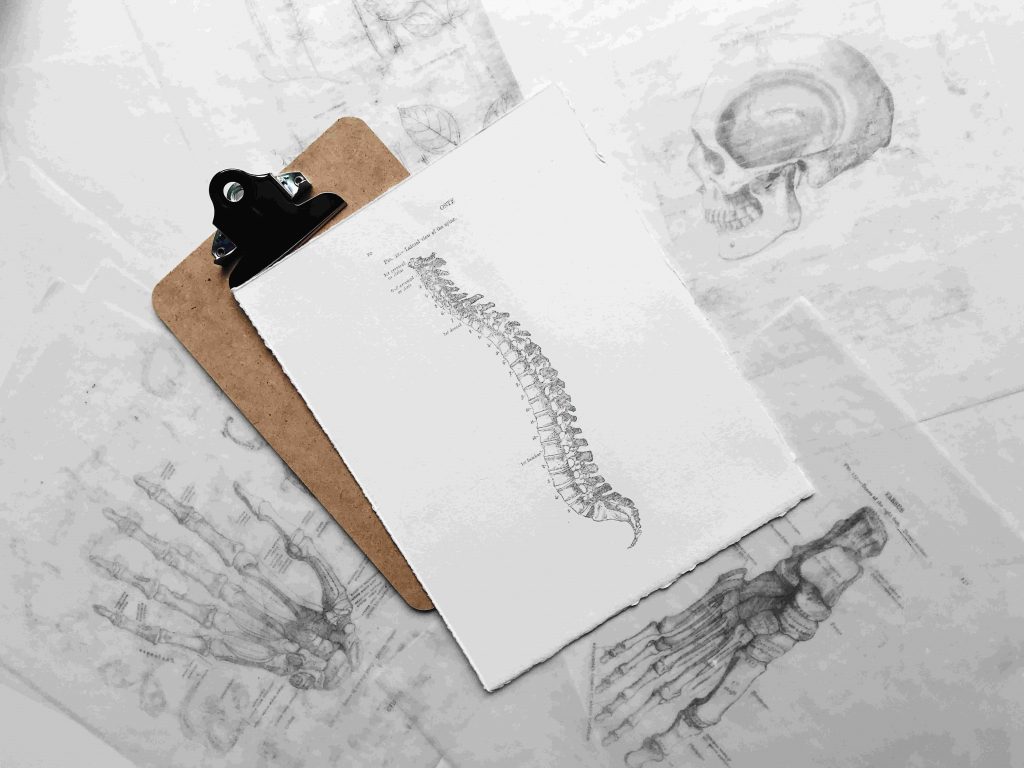In the world of medical research, where ambitions like curing cancer and ALS loom large, lies an unprecedented opportunity for collaboration.
The future of healthcare innovation hinges on a transformative operating model: a fusion of science and technology disciplines, where software developers, data scientists, and medical researchers unite to discover breakthroughs. This novel alliance, blending the rigor of scientific inquiry with the agility of technological innovation, promises to accelerate our journey towards monumental achievements.
Central to this collaborative model’s success is the integration of artificial intelligence (AI) technology, acting not just as a tool but as a catalyst for innovation.
AI’s capacity to parse, analyze, and draw insights from vast datasets can illuminate pathways to cures previously obscured by the complexity of biological systems, and importantly, that are beyond human comprehension. This combination of AI and human intellect expands the horizon of what’s possible in medical research, making the once-impenetrable mysteries of diseases like cancer and ALS curable.

Yet, the backbone of this interdisciplinary endeavor is the cross-pollination of skills and knowledge. However, this fusion does not demand that technologists earn medical degrees or that medical researchers become adept in coding. Instead, it encourages a mutual fluency—a foundational understanding of the other’s domain. Such a shared language enables seamless communication, fosters innovation, and amplifies the impact of combined efforts. Given the inherent intellectual prowess required in both fields, acquiring this interdisciplinary understanding is not only feasible but essential for the rapid scaling of this model.
There are also many parallels between that of technology and human systems that will be helpful in thinking through solutions and foundational to our operating philospohy. Explore more in this white paper.